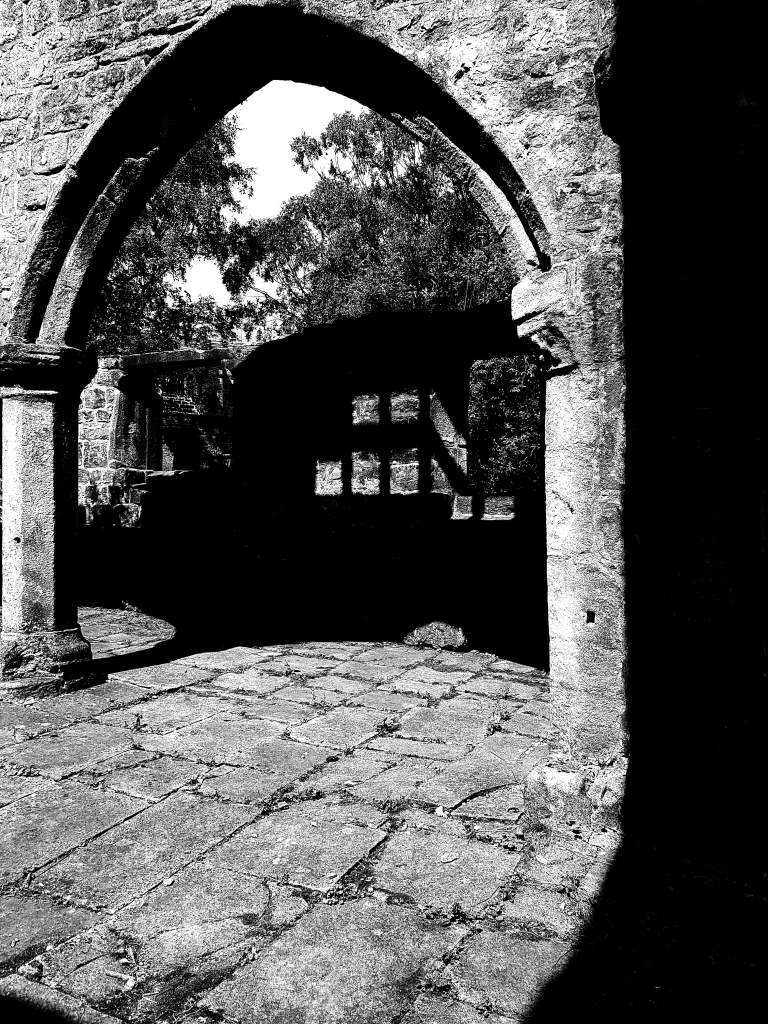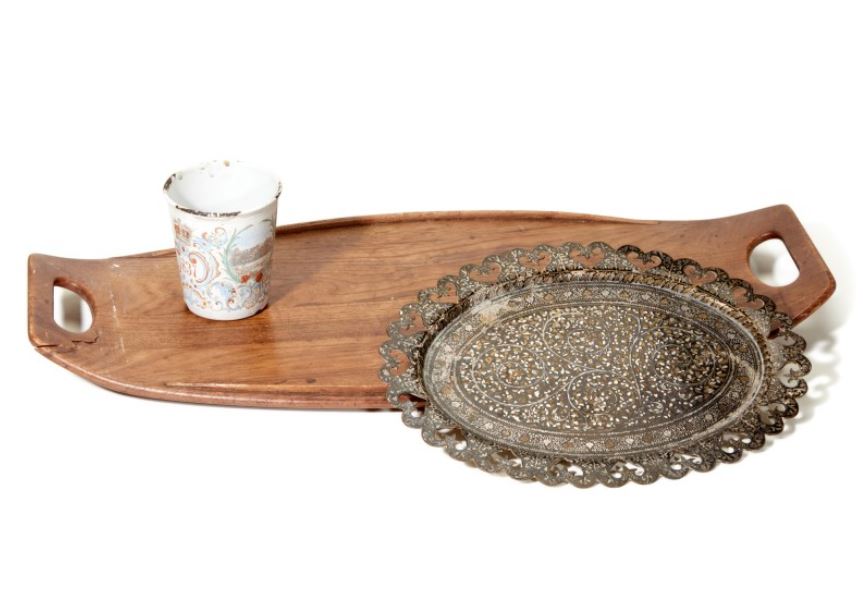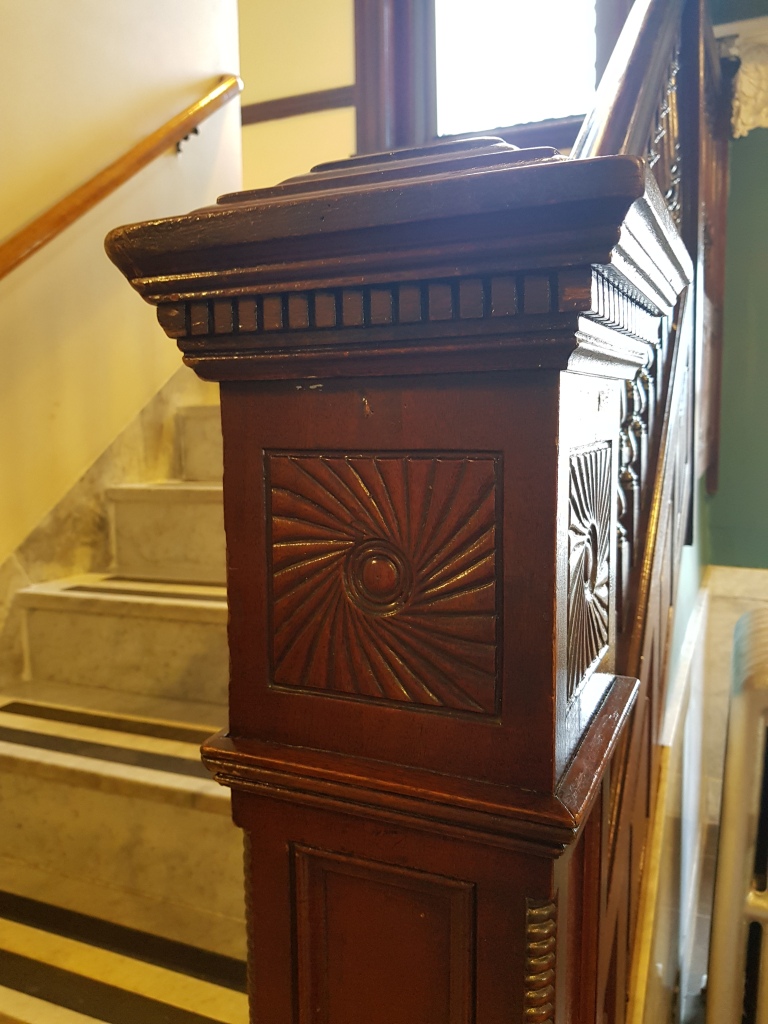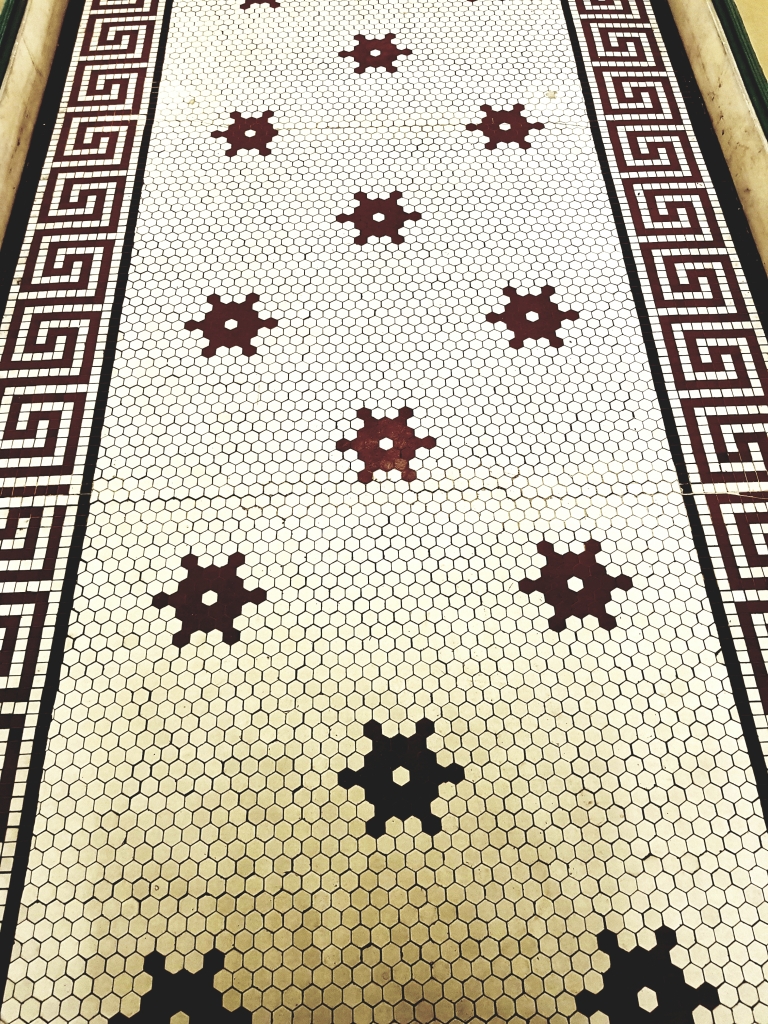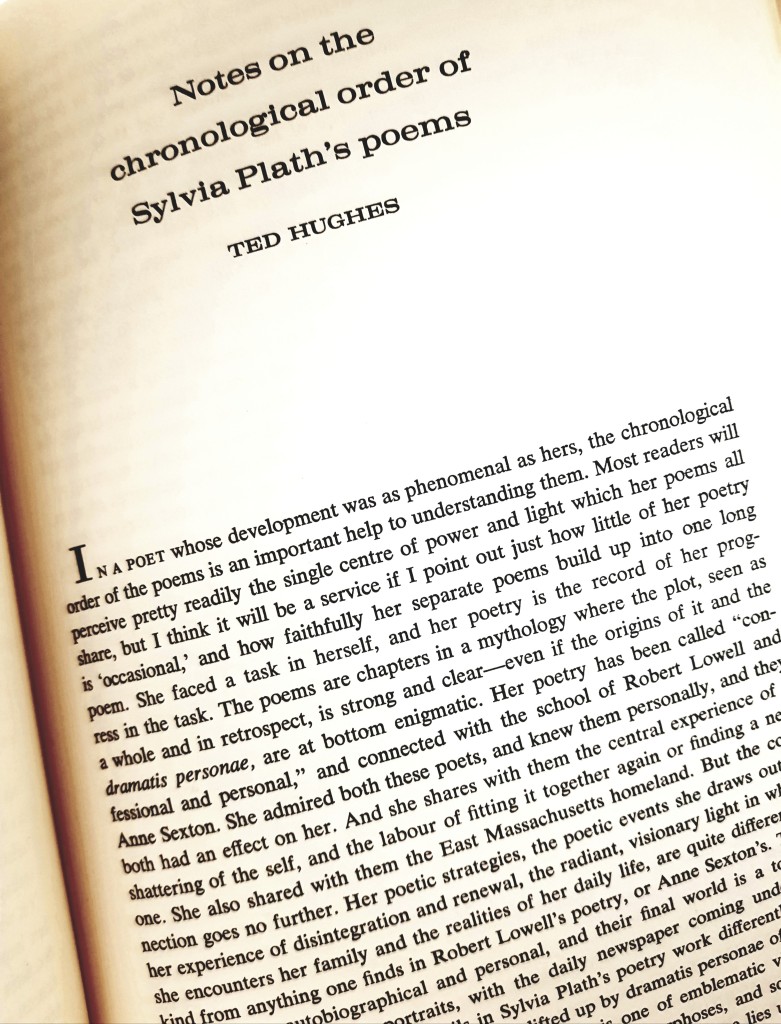As a child I grew up among ruins. In a seaside town littered with iron ore mines and a long-closed iron works, my childhood landscape was one of flooded mine shafts, a tumbled down sea wall, miners’ cottages with peeling rose-sprigged wallpaper, the front of the houses quite gone, an abandoned company hospital where gasping miners pulled from beneath ground would be taken and revived. These ruins, these fragments, seemed a completely normal playground to me – lives could be imagined. In an overgrown orchard of apple trees I saw my first grass snake slithering beneath a decaying piece of wood. In the lagoon created from the flooded mines, I swam, I built small stone dams, I jumped in the blood-red puddles of minerals that refused to stay underground.
You see, I believe that ruins are beautiful. They can have many meanings — social, political, cultural, and sometimes, personal. It may seem as though they deal with residues of the past – and they do – but they are also about immediacy too. Taking on new meaning and new life – sometimes literally as nature encroaches — decline, decay, collapse can be transformative. History re-made every day.
The ruined church at Heptonstall, St Thomas à Becket, was built between 1256-1260. Dedicated to the gruesomely martyred Thomas Becket (he had the top of his head sliced off and his brains hit the floor of Canterbury Cathedral), the church was damaged during a great storm in 1847 when the west face of the clock tower fell away. It was repaired and used for a further seven years before the new church, in the same graveyard, was completed. The bells which had been ringing from the old bell tower since 1440 were transferred to the new church and the old church began its life as a ruin.
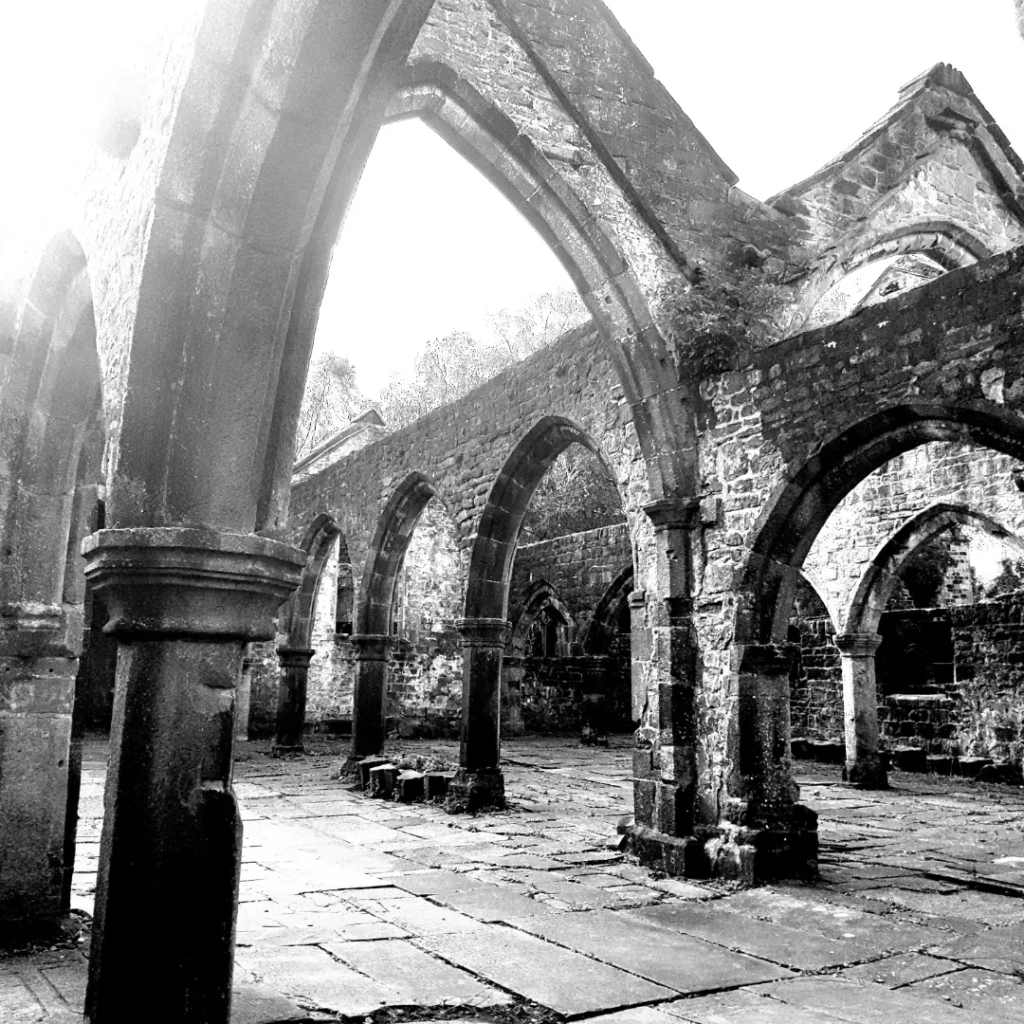
Today, it has a magnetic quality. A pleasingly Gothic aesthetic, all blackened stone and arches, the sky pours in. Lichens, moss, and ferns grow between the graves, they sprout flat against the stone walls behind the old altar and spread over half-collapsed buttresses. The light is such on some days that it is difficult to tell whether a fern is reaching across a gravestone or simply casting a shadow. The ruin practically hums in just about any season – in the austere whiteness of a cold, winter snow; in the lazy bumbling of a warm spring afternoon, in the slowness of a summer-still, blue sky filling the empty windows.
In the graveyard, beneath the looming hulk of stone, every William, Isaac, Thomas, every Sarah, Mary, Johanna, lie beneath tilting graves, weathered names gradually erased by the same storms that slayed the clock tower above them. It is a picturesque ruin. It offers something new each visit – a previously missed wall niche, a carved detail, a pinnacle, unseen gravestones lining the stone floor, inscriptions barely visible, colours, texture, stone, roughness, smoothed.
Yet for all the colour, the ruined church exists in my mind in melancholic monochrome. There is something about the contrast. It is the past. But it is also here and now. It is all the feet that have walked the ruins and all the ones still yet to walk it. Because in the end, ruins for me have a wistful loveliness. They reach across time — they are continuity, loss and remembrance. But most of all, they are hope.
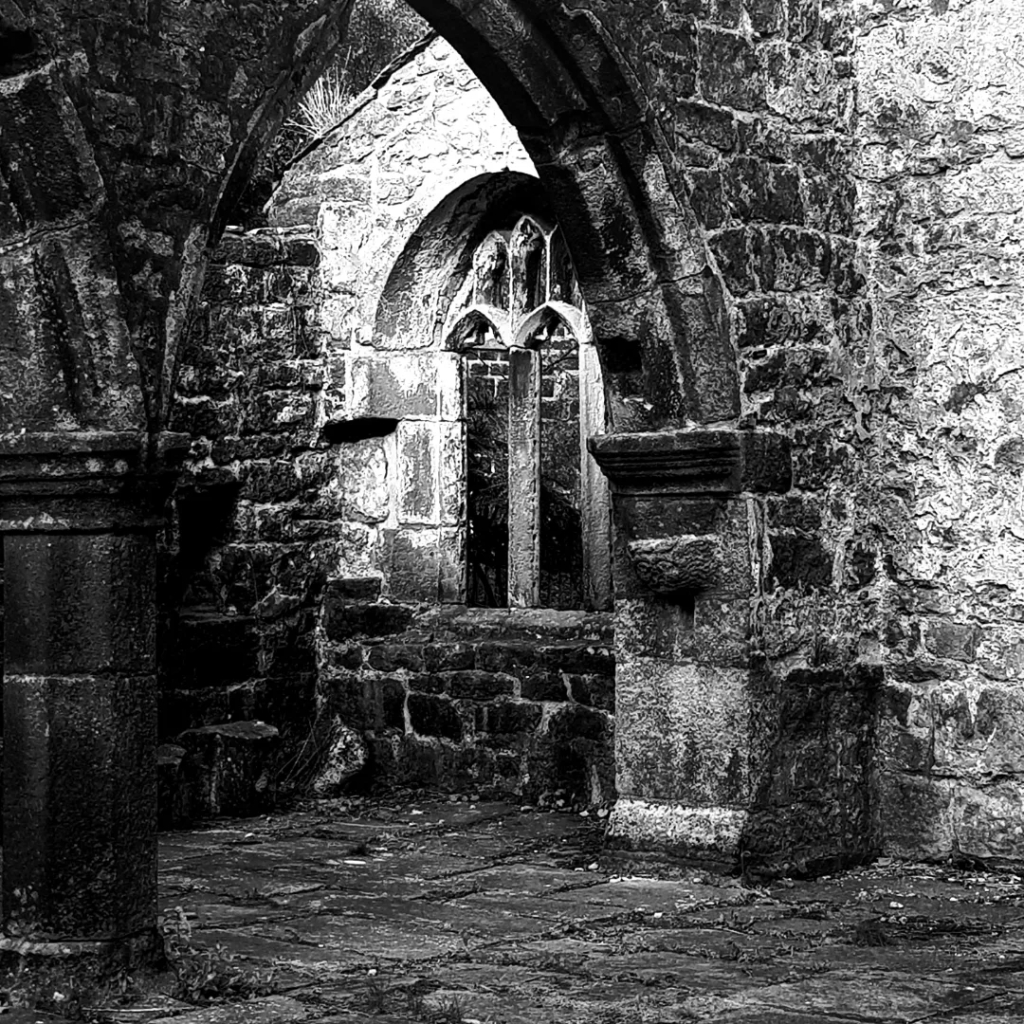
All photographs ©Gail Crowther

